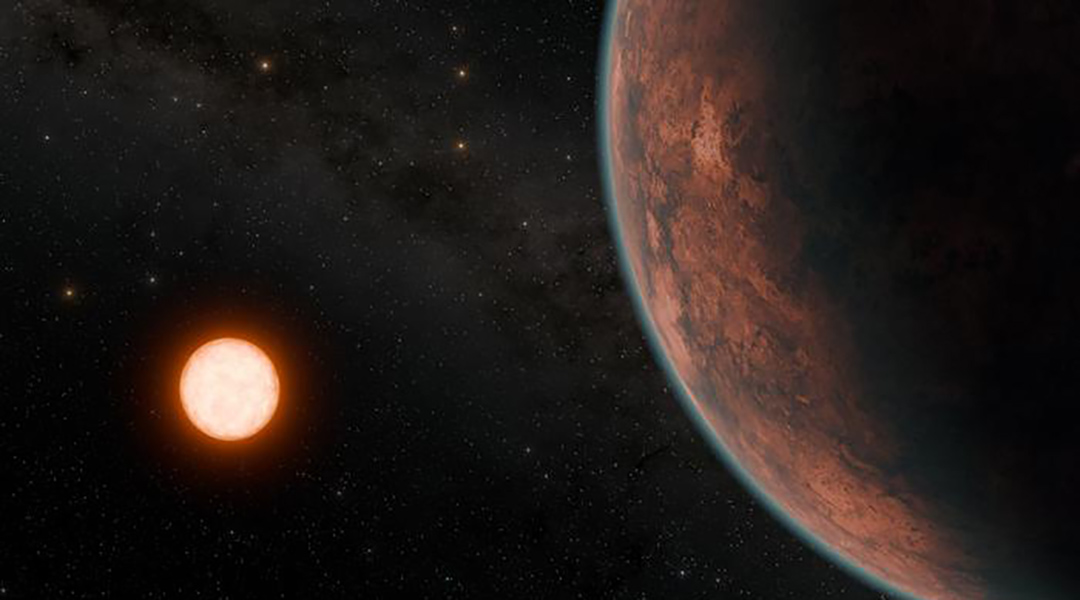Two independent teams of astronomers have discovered a potentially habitable exoplanet, Gliese 12 b, with temperatures of 42°C, remarkably similar to Earth.
Future atmospheric studies, say the researchers, will help determine if it is indeed habitable — establishing whether its atmosphere is more akin to Earth than Venus — and could significantly enhance our understanding of planetary habitability.
“[It] represents one of the best targets to study whether Earth-size planets orbiting cool stars can retain their atmospheres, a crucial step to advance our understanding of habitability on planets across our galaxy,” said Shishir Dholakia, a doctoral student at the University of Southern Queensland.
The search for habitable exoplanets
To date, scientists have discovered over 5,000 exoplanets — planets that exist outside our own solar system. But as NASA has said, there are only a handful of worlds that warrant a closer look.
One of the biggest scientific questions scientists hope to answer is whether these exoplanets are (or were) habitable, which could significantly advance our understanding of the origin and evolution of life on Earth, and whether life outside of our solar system is possible.
However, studying exoplanets is challenging because they do not emit detectable light like stars. This makes detailed study possible only for transiting exoplanets — those that pass between their host star and Earth, causing a detectable dip in the star’s brightness, allowing scientists to deduce properties such as size and orbital distance.
The recently discovered exoplanet, Gliese 12 b, located in the constellation Pisces, is one such transiting exoplanet. Its proximity, at about 40 light-years from Earth, makes it one of the closest known exoplanets, simplifying its study even further.
Using the TESS Space Observatory, which first observed the planet in August 2021, along with numerous ground-based telescopes, the researchers concluded that Gliese 12 b is very similar to Earth and Venus in many respects.
“We’ve found the nearest, transiting, temperate, Earth-size world located to date,” said Masayuki Kuzuhara, an assistant professor at the Astrobiology Center in Tokyo.
Is Gliese 12 b reminiscent of Earth or Venus?
Detailed observations reveal that Gliese 12 b orbits an M-dwarf star, which is significantly smaller and cooler than our own Sun. However, because its orbit is about 15 times closer to its star than Earth is it receives a similar amount of heat. The dimensions of Gliese 12 b are also very close to those of Earth, with their radii differing by only about 10 percent.
These remarkable similarities raise crucial questions about the planet’s atmosphere, which affects surface temperature and the potential for liquid water; both key factors for habitability.
“Much of the scientific value of this planet is to understand what kind of atmosphere it could have,” Dholakia explained. “Since Gliese 12 b gets in between the amount of light as Earth and Venus get from the Sun, it will be valuable for bridging the gap between these two planets in our solar system.”
“The Earth is habitable, but Venus is not due to its complete loss of water,” added Larissa Palethorpe, a doctoral student at the University of Edinburgh and University College London, who co-led the study with Dholakia. “Because Gliese 12 b is between Earth and Venus in temperature, its atmosphere could teach us a lot about the habitability pathways planets take as they develop.”
The James Webb Telescope will provide the necessary insights
However, the instruments used in the current study were not sensitive enough to analyze the planet’s atmosphere in detail. More advanced tools are needed to determine how similar Gliese 12 b’s atmosphere is to Earth or Venus.
One possibility is the James Webb Space Telescope, which has unprecedented resolution thanks to a combination of ultra-sensitive optics and its orbiting location. These factors both help reduce noise produced by the Earth’s atmosphere and solar radiation to almost zero.
Future studies with James Webb or similar instruments will hopefully determine similarities and differences between Earth and Gliese 12 b, shedding light on potentially habitable worlds in the Universe — particularly around M-dwarf stars, which are abundant in our galaxy.
References: Shishir Dholakia, et al., Gliese 12 b, a temperate Earth-sized planet at 12 parsecs discovered with TESS and CHEOPS, Monthly Notices of the Royal Astronomical Society (2024). DOI: 10.1093/mnras/stae1152; Masayuki Kuzuhara, et al., Gliese 12 b: A Temperate Earth-sized Planet at 12 pc Ideal for Atmospheric Transmission Spectroscopy, The Astrophysical Journal Letters (2024). DOI: 10.3847/2041-8213/ad3642
Feature image credit: NASA/JPL-Caltech/R. Hurt (Caltech-IPAC)

















